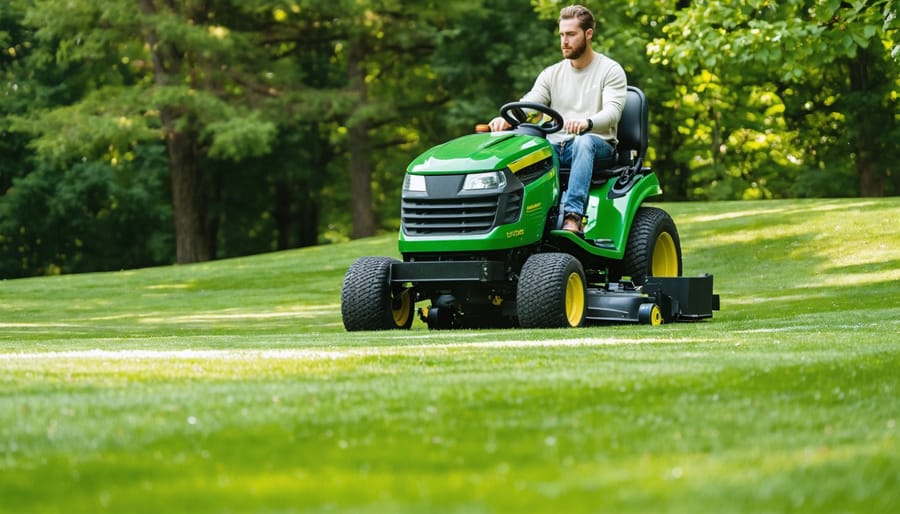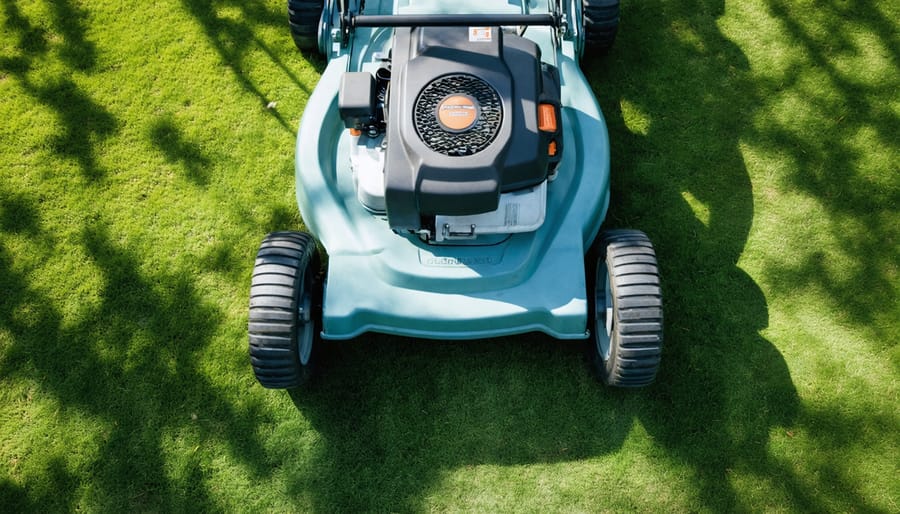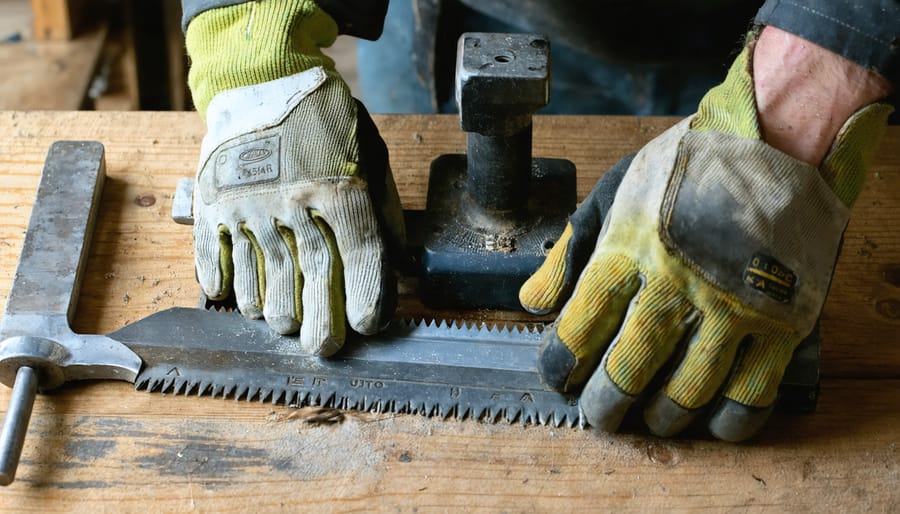Lawn tractor weight stands as one of the most critical yet often overlooked factors in maintaining a pristine landscape. A properly weighted machine not only ensures optimal performance but directly impacts everything from fuel efficiency to soil compaction. Most residential lawn tractors weigh between 400 to 800 pounds, with weight distribution playing a crucial role in traction, stability, and overall cutting effectiveness. Whether you’re navigating gentle slopes or tackling challenging terrain, understanding your tractor’s weight characteristics can mean the difference between smooth operation and potential safety hazards. This comprehensive guide delves into the essential aspects of lawn tractor weight, helping you make informed decisions about ballasting, tire selection, and seasonal adjustments to maximize your machine’s capabilities while protecting your lawn’s health.
Why Lawn Tractor Weight Matters
Traction and Stability Benefits
Proper weight distribution in your lawn tractor isn’t just about stability – it’s the key to achieving optimal performance, especially when mowing on challenging terrain. When your tractor has adequate weight, the tires maintain better contact with the ground, significantly improving traction and reducing the likelihood of wheel spin.
Think of it like walking in muddy conditions – you naturally put more weight on each step to avoid slipping. Your lawn tractor works the same way. The additional weight pushes the treads deeper into the soil, creating a more secure grip that’s especially valuable when working on slopes or damp grass.
For every 5-degree increase in slope angle, your tractor needs approximately 10% more weight to maintain the same level of stability. This extra weight helps prevent the front end from lifting during uphill climbs and provides crucial downhill control. It’s particularly important when you’re carrying loads or using attachments like grass collectors.
The beauty of proper weight distribution is that it allows you to work more efficiently and safely. You’ll spend less time managing wheel spin and more time actually mowing. Plus, better traction means less damage to your lawn – no more torn-up grass from spinning wheels or skidding tires. This not only preserves your lawn’s appearance but also promotes healthier grass growth in the long run.
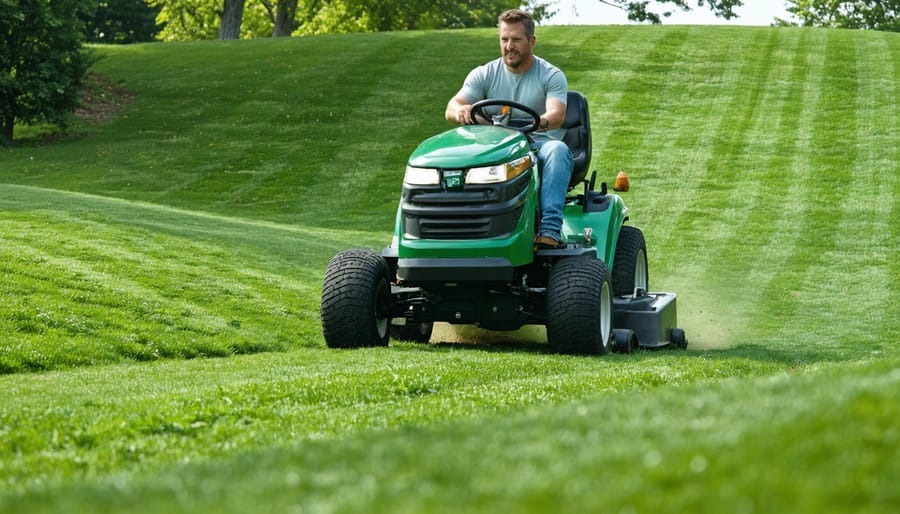
Impact on Lawn Health
The weight of your lawn tractor has a significant impact on your lawn’s health, particularly when it comes to soil compaction and potential grass damage. Heavier tractors can compress soil more severely, especially when the ground is wet or soft. This compression reduces air pockets in the soil, making it harder for grass roots to grow and access essential nutrients and water.
Soil compaction from heavy equipment can lead to several lawn problems, including poor drainage, reduced root growth, and patches of stunted or dying grass. Over time, compressed soil becomes increasingly difficult for new grass to penetrate, creating a cycle of deteriorating lawn health.
However, it’s not all bad news. Modern lawn tractors are designed with wider tires and better weight distribution to minimize these effects. Some models even feature turf-friendly tires that help spread the weight more evenly across the grass. To further protect your lawn, consider using your tractor when the soil is relatively dry and avoiding sharp turns that can tear up the turf.
For those with particularly delicate lawns or gardens, lighter tractors or those with specialized turf tires might be the better choice. You can also reduce impact by maintaining proper tire pressure and avoiding unnecessary attachments that add extra weight. Remember, a healthy lawn can better withstand the regular traffic of lawn maintenance equipment, so maintaining good soil structure through proper watering and aeration practices is essential.
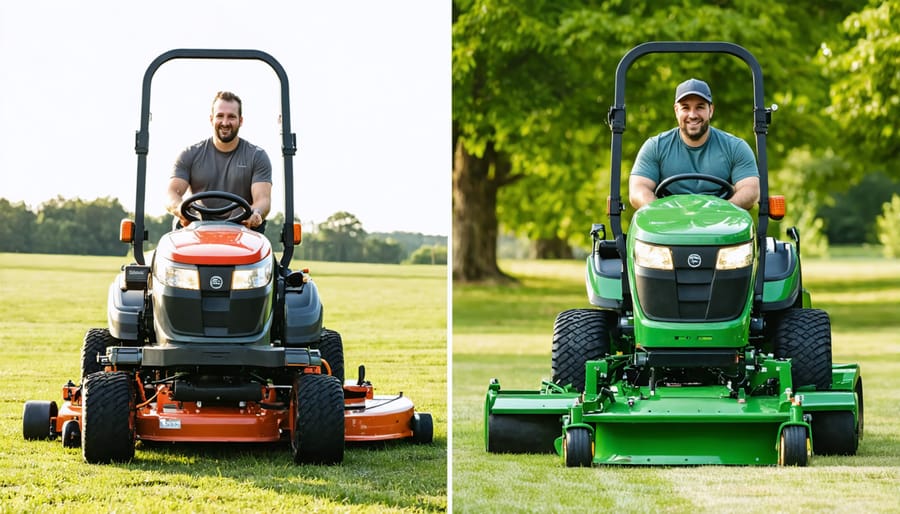
Average Weight Ranges for Different Types
Standard Riding Mowers
Standard residential riding mowers typically weigh between 400 to 600 pounds, with variations depending on deck size and features. When comparing a lawn tractor vs zero turn options, weight plays a crucial role in maneuverability and lawn impact. Entry-level models often weigh closer to 400 pounds, while premium residential mowers with larger cutting decks and more robust engines can tip the scales at 600 pounds or more. This weight range provides enough stability for typical yard work while remaining light enough to prevent excessive lawn compaction. The distribution of this weight is carefully engineered to ensure optimal traction and balance, particularly when operating on slopes or uneven terrain.
Garden Tractors
Garden tractors, designed for more demanding tasks, typically weigh between 800 to 1,400 pounds. These heavier-duty machines pack more weight to handle tough jobs like hauling heavy loads, tilling soil, and managing rough terrain. The extra heft comes from their robust components, including larger engines (usually 24 HP or more), heavy-duty transmissions, and sturdier frames.
A mid-range garden tractor often weighs around 900 pounds, while premium models with additional features like front-end loaders can tip the scales at 1,400 pounds or more. This substantial weight provides better traction and stability, especially when working on slopes or pulling attachments. However, remember that heavier machines may leave more noticeable tracks on wet grass and require more careful maneuvering to prevent soil compaction.
Weight Modification Options
Wheel Weights and Ballast
Adding wheel weights and ballast to your lawn tractor is an effective way to enhance your tractor’s versatility and improve its performance, especially during challenging tasks. Wheel weights typically attach directly to the rear wheels and come in various sizes, usually ranging from 40 to 60 pounds per wheel. These additions provide crucial traction when mowing slopes or pulling heavy attachments.
For additional stability, you can also use suitcase weights that mount to the front or rear of your tractor. A common setup includes 50-pound suitcase weights, which can be easily added or removed as needed. During winter months, when using your tractor for snow removal, adding weight becomes particularly important for maintaining control.
Another cost-effective ballast option is filling rear tires with liquid ballast, typically a calcium chloride solution or environmentally friendly alternatives like beet juice. This method can add approximately 80-100 pounds per tire while maintaining proper tire flexibility. Remember to distribute weight evenly and never exceed your tractor’s maximum weight capacity as specified in the owner’s manual.
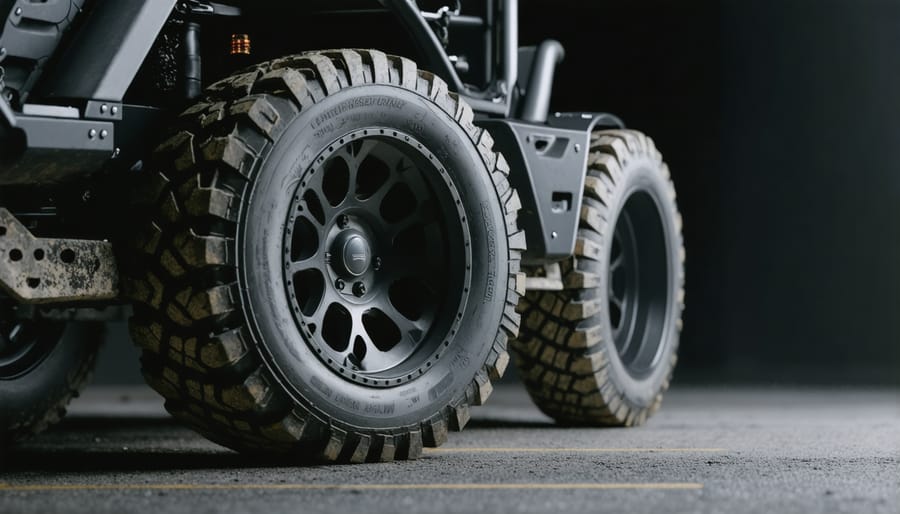
Understanding your lawn tractor’s weight is crucial for both performance and safety. Throughout this article, we’ve explored how weight impacts traction, stability, and overall functionality. A properly weighted lawn tractor, typically ranging from 400 to 900 pounds, provides the perfect balance for most residential mowing needs.
Remember that heavier isn’t always better – the key is finding the right weight for your specific terrain and tasks. If you’re maintaining a relatively flat lawn, a lighter tractor might serve you well while being more fuel-efficient. For hilly areas or when using attachments, consider a heavier model or appropriate ballast weights to enhance stability and traction.
When purchasing a new lawn tractor, make weight one of your primary considerations alongside engine power and cutting width. Don’t forget to factor in your property’s characteristics and the seasonal tasks you’ll be performing. Regular maintenance of your tractor’s weight distribution, including proper tire inflation and balanced attachment use, will ensure optimal performance and longevity.
By keeping these weight considerations in mind, you’ll be better equipped to choose and maintain a lawn tractor that perfectly suits your needs while promoting safe and effective lawn care practices.
